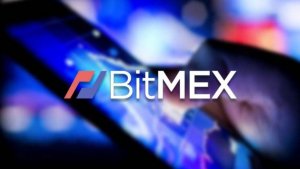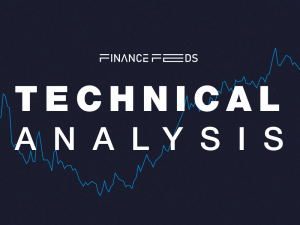JPMorgan adds programmable payments to its stablecoin
JPMorgan has introduced a programmable payments feature for its blockchain-powered payment system, JPM Coin, via its Onyx blockchain business unit. The new feature enables automatic execution of payments based on preset rules, eliminating the need for manual checks.

This allows for the seamless transfer of funds to cover financial obligations such as overdue payments and margin calls. Programmable payments aim to improve treasury functions for institutional clients, offering more flexibility in handling financial transactions.
JPMorgan began testing programmable payments in 2021 with Siemens AG, and the feature is now available for institutional clients, with companies like Siemens, FedEx, and Cargill expected to use it in the coming weeks. The move is part of JPMorgan’s efforts to expand the use of JPM Coin beyond institutional clients to retail consumers in the future.
“When we talk about digital currencies and tokenized deposits, the holy grail has always been the ability to program payments. This new feature helps clients to respond dynamically to events, which is ever more important as 24×7 payment infrastructure proliferates, and responding to volatility becomes vital,” the bank said.
One of the key benefits of programmable payments is the elimination of manual interventions in transaction processes, which not only speeds up transactions but also solves the challenge of allocating extra funds during non-business days. JPM Coin operates 24/7, an advantage over traditional banking systems that often face downtime during weekends and holidays.
JPMorgan Chase & Co.’s proprietary digital token is reportedly handling transactions worth $1 billion each day. Launched in 2020, the JPM Coin was initially designed as a temporary means for real-time gross settlement among JPMorgan’s institutional clientele. The digital token is a stablecoin pegged directly to the US dollar, with a 1:1 collateralization ratio. Its primary purpose was to address fundamental inefficiencies that plague the existing payment infrastructure.
While the majority of JPM Coin transactions currently occur in US dollars, JPMorgan has plans to extend its utility. The next step, according to Takis Georgakopoulos, JPMorgan’s Global Head of Payments, involves creating a retail version of the digital asset. This could be achieved through central bank digital currency (CBDC) or by enabling banks to develop digitalized versions of deposits using blockchain technology.
The New York-based lender started trials of its JPM Coin in conjunction with corporate clients with the ultimate aim of speeding up transactions, such as cross-border payments and corporate debt issuance.









